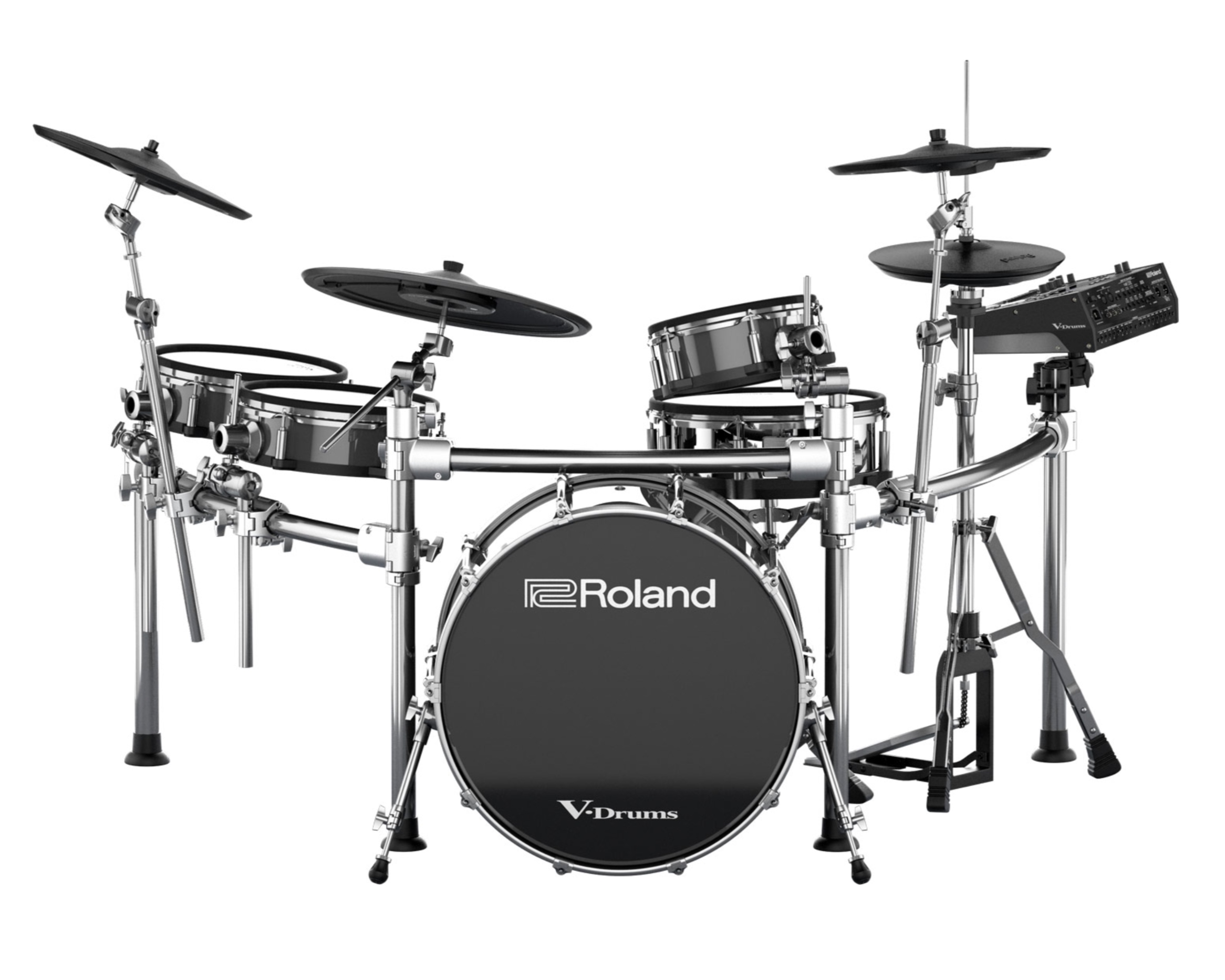the problem
Drums are inherently loud and can be very obtrusive in the church setting. Historically there have been 2 options to try and salvage the situation and retain a live drummer. Option one is to cage the kit with a drum shield. Option 2 is to replace the kit with an electronic reproduction. Neither is ideal.
The Drum Shield
While the drum shield may help reduce the direct sound of the drums reaching the audience, the sound waves have to go somewhere. They reflect off of the plexiglass panels (even the curved ones) and bounce back into all of the microphones on the kit. As a result, the overhead is now a kick mic, the snare mic is now a tom mic, etc. You have lost the ability to EQ and mix each individual sound source without massive bleeding from the others around it.
The drum shield can also create a false sense of control and drummers tend to play harder when they believe the issue has been addressed.
Drum shields are ugly, conspicuous, and expensive. An entry-level enclosure with a roof and foam panels starts at over $2,000. Curved drum booths start in the $5,000 range and go up to $12,000+ with options, shipping, and installation.
You end up with something that looks like this.
The Electronic Kit
Electronic drum pads have been around for decades and the technology has only gotten better but there is nothing available that looks, sounds, and plays like a real acoustic drum. The feel, dynamics, and nuance of a real drum is something unique and there’s a reason why every year the big names release the next, newest, best, real-drum-alternative but it always falls short. It’s just not a drum.
Electronic kits fall into the same ugly, conspicuous, and expensive category as the drum shield. Cheaper kits can be found but they offer an even greater sacrifice on feel, sound, and aesthetics. Roland offers the best option available with their V-Drum line and you can expect to pay $4,000+ and still have to track down a few stands, pedals, etc.
And…You end up with something that looks like this.
The Alternative
We view the drum volume solution in a holistic way, addressing the drums, cymbals, sticks, cymbals, tone control options, and the drummer.
Drums - Soft mahogany shells with poplar cores produce warm, dry tones. Wood hoops dry out the sound even further creating a softer, rounder sound with decreased hi frequencies.
The 18” Bass Drum produces a deep low-end which is easily amplified by microphone. Because of the size of the drum, projection out into the room is less than a larger traditional sized kick.
We recommend using brush-type sticks and our favorite are the Vater Wood Handle Whip. With wood handles, they play more like a stick than other brushes out there. Once broken in, the nylon bristles produce a softer, quieter tone and help keep things under control. They are extremely durable unlike the bundled wooden rods. The wood hoops on our drums are designed to sit low to accommodate playing with brushes and avoid the interference common with traditional hoops.
The Chapel Snare is a highly versatile drum offering a variety of uses and playing styles.
Cymbals are almost always part of the problem but rarely thought of as something that can be changed. Most store bought cymbals, especially the prepackaged sets, are small in diameter and high in pitch. These cymbals tend to be bright and resonate, continuing to ring out long after they are hit. Those higher frequencies bounce around the room (or inside the shield) and get into everything. They are pitched similarly to what we like hearing in vocal and choir mics which usually have those frequencies boosted, adding to the problem.
I designed these cymbals from the ground up (with the help of some great friends) to stay out of the way as much as possible. Here you will find large diameter hi-hats (16”, 18”), large crashes (20”, 21”), and large rides (22”, 24”). This has been done to lower the pitch of the cymbals. They are lathed to be thin and hand hammered to create darker tones. The Heritage Series are not lathed on top which gives them a raw look and dries them out. They are the least resonate and what I recommend when volume control is a main concern. The Tradition Series is a little brighter, has a smoother top end, and will resonate slightly longer.
The Drummer - An acoustic drum will only be as quiet as the drummer playing it, there’s really no way around that. When talking through all of these things I like to emphasize that the drummer is in control. Play to the room, play to the song. Playing to the room simply means serving the audience or the congregation. If what you’re playing is a distraction then you’re not serving anyone except possibly yourself. If people can’t hear the melody and lyrics, can’t sing along because the drums are too loud then you need to pull back. If you literally can’t pull back then something else needs to change. Use brushes, take your cymbals down, sit out for that song. If that big song that you guys are playing has this amazing, huge drum part, and the only way you can pull it off is to play really loud - then change the part. Play something simple, within your ability to have control. It doesn’t have to be the exact part on the record, I promise.
In the same way, playing to the song means serving the song. If you’re playing fills and distracting parts all over the melody then you’re not serving the song. Wait for the space at the end of the phrase, during the turn or the bridge. Pick your moments and take them, but all while serving the song and staying out of the way of those times when people need to hear and sing.



